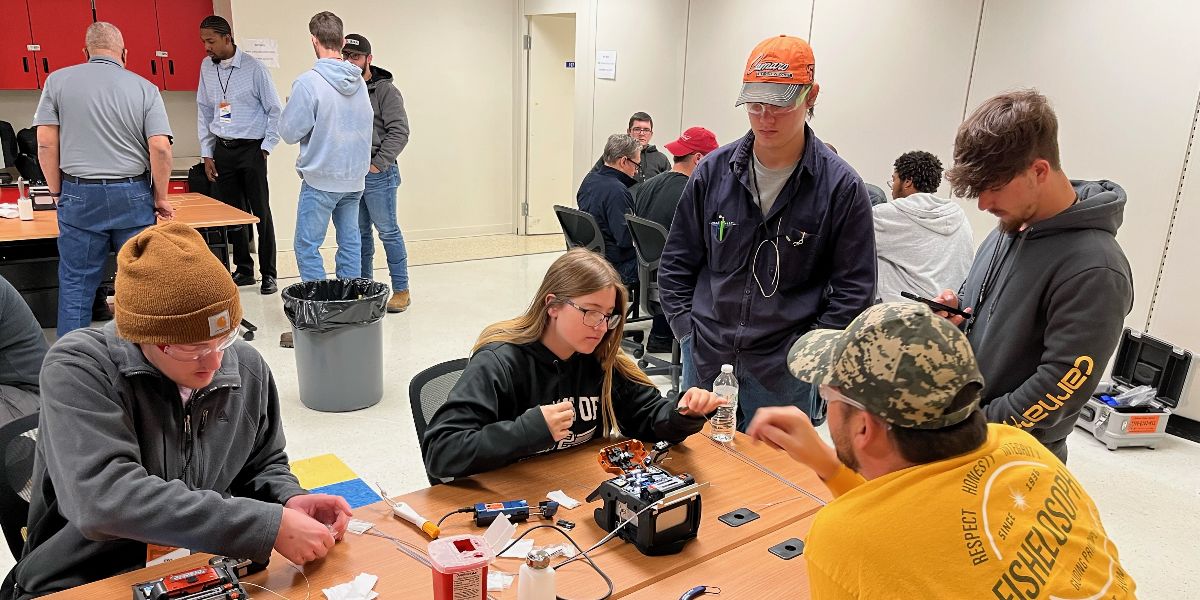AWS Public Sector Blog
Category: Higher education
Building a team knowledge base with Amazon Lightsail
Building an organized system for common information—such as addresses, phone numbers, purchasing account numbers, a curated and annotated literature section, lab recipes and protocols, meeting schedules, and links to commonly used online tools—can prove extremely valuable for professors and their teams. Building this knowledge base on AWS with Amazon Lightsail can save hours of administration and maintenance time, while providing additional control and flexibility for remote access. In this blog post, learn how to set up a content management system (CMS) using Lightsail, including how to manage basic network security, backup, and upgrades, to build a knowledge base for your lab, agency, startup, or other team-based environment.
Higher education cloud financial planning: A former CFO’s perspective
Moving a college’s or university’s on-premises IT infrastructure to the cloud involves a lot of change in organization, culture, and practice. However, in my experience as a former chief financial officer (CFO) in higher education, financial planning for cloud computing is often not attended to with as much diligence. Financial planning needs to be understood as a positive feature of digital transformation, even if it means changing how financial plans are developed and managed. In this blog post, learn four strategies to consider when deciding to migrate to the cloud.
The top 3 innovation drivers in higher education in 2023
At AWS, we work with K12 schools, higher education institutions, and education technology (EdTech) and learning companies to support teaching and learning, research innovation, and to build lasting institutions that positively impact their communities. We asked our higher education customers what’s top of mind for them in 2023, capturing insights from AWS education subject matter experts and global education experts. Learn the main priorities that they shared with us, and what their future roadmap is for teaching, learning, and research.
3 ways AppStream 2.0 transforms the CTE and STEM experience in schools
How can schools make sure students have more equitable access to the real-world technology they need to grow skills in science, technology, engineering, and mathematics (STEM)? The answer is Amazon AppStream 2.0, an application streaming service from AWS that lets users run any desktop application, on any computer, with the cloud. With access to high-powered programs and applications on any device connected to the internet, educators can provide career technical education (CTE) and STEM curricula to students anywhere, anytime. Find out the three ways that AppStream 2.0 improves the STEM classroom and more.
How advanced analytics can improve efficiency and provide important student insights at higher education institutions
Higher education institutions are turning to data to solve challenges, improve efficiency, and create a better student experience. But to obtain the answers institutions need to thrive and better serve students, they often need new technologies. Many universities are upgrading IT systems and investing in state-of-the-art analytics solutions. Case Western Reserve University (CWRU) is one such institution that has taken steps to innovate by creating opportunities for evolution with AWS.
Leveraging data to future-proof higher education
For higher education institutions, there is a growing focus on the importance of improving the student experience, which touches on virtually everything colleges and universities do. And how can higher education institutions improve the student experience? Data. Learn how higher education institutions can use data best practices to turn their data into insight.
McGraw Hill delivers dynamic learning experiences with SHARPEN, powered by AWS
McGraw Hill, an AWS Partner, is an education technology (EdTech) and publishing company that provides educational content, software, and services for pre-K through postgraduate education. To meet evolving learner needs, McGraw Hill recently launched the SHARPEN app—a mobile study app that mimics the types of social media content feeds familiar to young learners to foster educational success. Developed in collaboration with the AWS Growth Advisory Team, this dynamic learning experience uses AWS.
Amazon and George Mason University collaborate to deliver new innovations in education and research
George Mason University (Mason) is on a mission to build a more student centric and technologically advanced education institution. Leveraging the breadth and depth of services across Amazon, including technical solutions from Amazon Web Services (AWS), the university will embark on a multi-year collaborative effort. Mason will drive new innovations to better serve students, work with the defense community, advance its commitment to a more sustainable campus environment, and introduce new educational programs in data center engineering.
AWS and Mountain Empire Community College bring no-cost skills course and career event to Southwest Virginia
The backbone of the internet is crisscrossed with a network of fiber optic cables, carrying internet, TV, and telephone data that most of use every day. Over a two-day period, 33 individuals mostly from Southwest Virginia took part in the AWS Fiber Optic Fusion Splicing Certificate Course, a no-cost two-day training providing students with lectures and hands-on practice with fiber optic installation and repair. The course was held November 14-15 at Mountain Empire Community College (MECC), in Appalachia, Virginia, and in collaboration with MECC and the LENOWISCO Planning District Commission.
4 global skills trends shaping workforce development
In June 2022, AWS Partner Coursera launched the annual Global Skills Report, an in-depth look at the state of skills globally. The Global Skills Report draws data from 100 million learners in more than 100 countries who have used Coursera, a global online learning platform, to develop a new skill during the past year. Building on the findings from the Global Skills Report, the following are four skills trends that workforce development leaders, like those in state and local government and education, should keep in mind as they strive to build an inclusive and competitive workforce.









